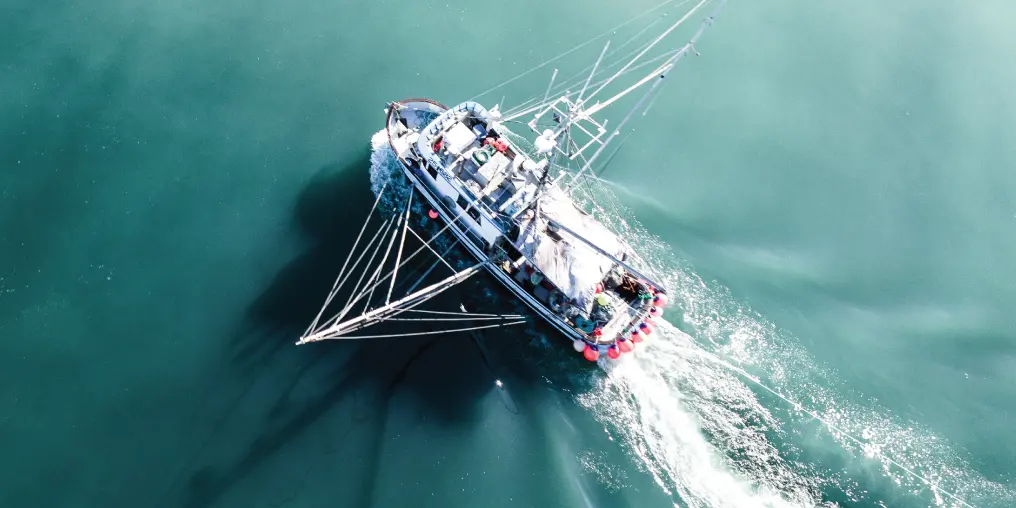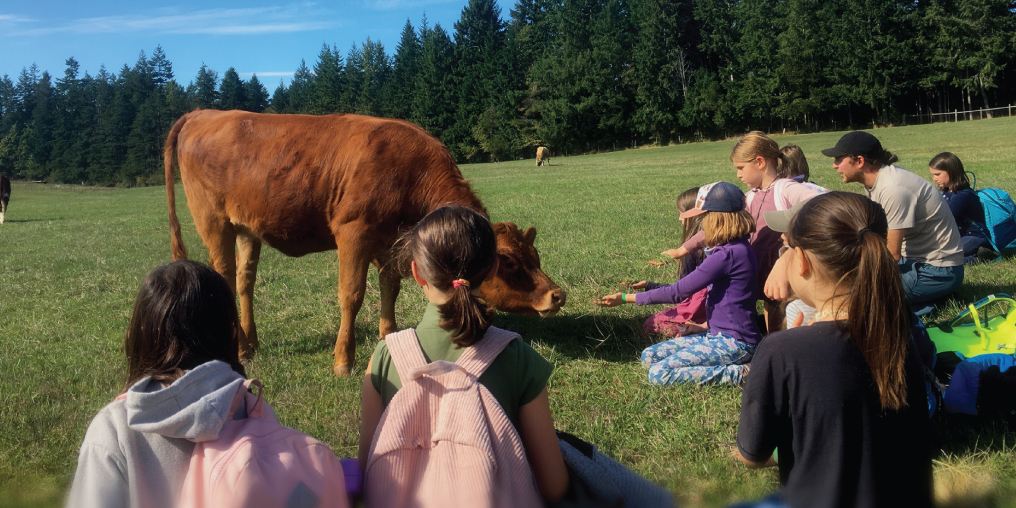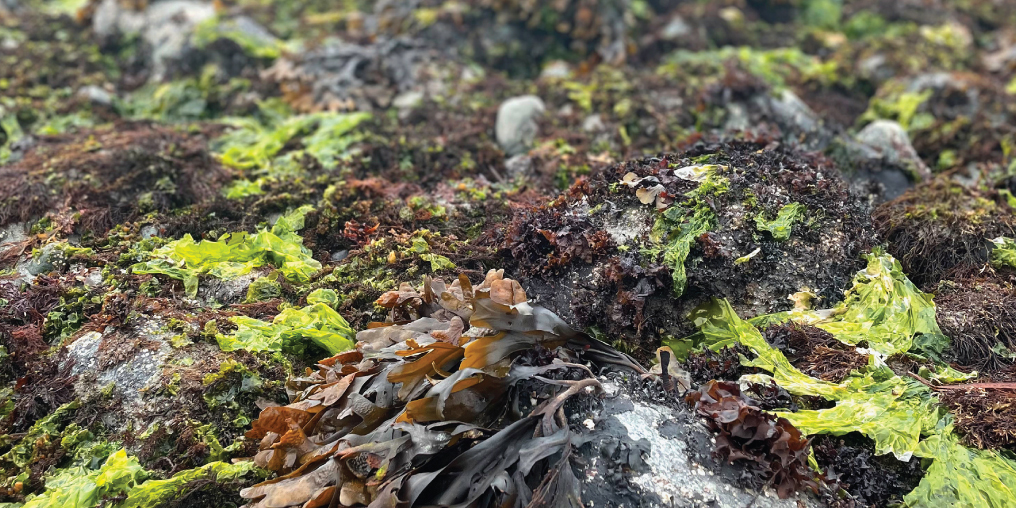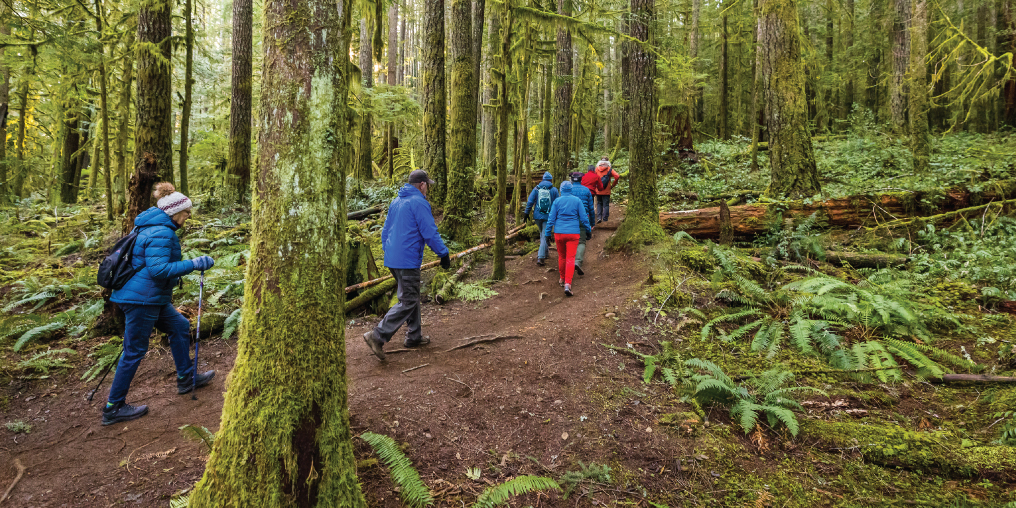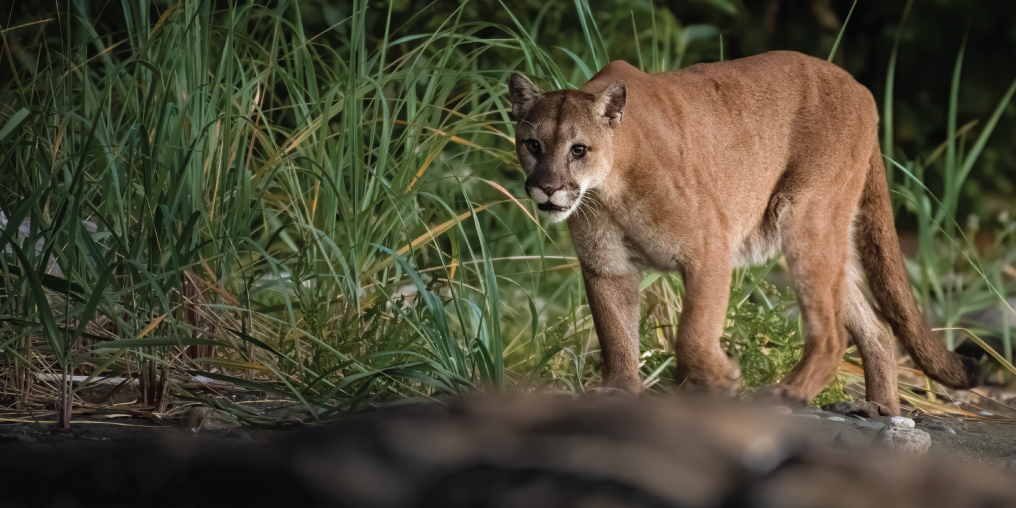In 1979, a certain smell sustained the herring gillnetters of British Columbia. It hung from their bibs and clung to their fingernails as they laboured to prize heavy nets, hand over hand, from the sea. The stench hovered around their boots while a million silver sparks wriggled from the nets into the holds of their skiffs. It mingled with their breath; it filled their lungs. That smell, in short, was money.
The Pacific herring is a small, nervous fish that schools for protection against predators. It’s a phantom of the murky North Pacific—its scales contain biogenetic crystals that refract light to make it less visible to predators, such as chinook salmon and sea lions, that attack from below. Its greenish-blue topsides mimic the depths, offering some defence from the seabirds above.
For a brief period each spring, herring school in the billions. In thousands of locations close to shore, from California to Japan, they release eggs and milt (sperm). One female can release 20,000 eggs—a third of her body weight.
These tiny yellow orbs have sustained Pacific coast dwellers for millennia. In Japan, fresh herring roe processed from the fish is marinated and salted to make a traditional dish called kazunoko, which is given at New Year’s and weddings.
Chomp into kazunoko and the caviar-like flavour gives way to a textural experience as the eggs break apart from each other and disperse in your mouth. Given their price tag—herring roe sometimes cost over $100 for a few hundred grams—they’re known as yellow diamonds.
Japan’s economy roared in the decades after WWII. More folks could afford luxury items, kazunoko included. At the same time, Russia won exclusive rights to their shared herring stocks, which forced Japan to begin importing herring roe from foreign sources. In BC, where they were previously caught for fish meal and oil, herring began to fetch astronomical prices.
In the early 1970s, Mel Marshall reeled in salmon on his small troller, Janola, between April and October, and most years he grossed a decent amount. But the sea is tough on a boat and gear is expensive. The roe herring fishery in early spring was an opportunity for Mel to put a little cash in his pocket.
Year after year, Japanese buyers, led by the firm Hokusho Co., paid an ever-increasing price for the fish. In the late 1970s, after Greg Martin heard about opportunities in the roe herring fishery, he found an older man getting out. In his lawyer’s office, Greg signed a bank loan at a 13 per cent interest rate. “My lawyer shook his head and said, ‘What are you doing? $40,000 for a big chunk of aluminum, a net, an old outboard, and a leased license.’”
These words would become prophetic in time. But in 1979, even as the total allowable catch in tons was reduced in BC, the total landed commercial value peaked.
Ask any herring fisher from the era about ’79, and they’ll shake their head and laugh, “it was crazy.”
An uncontrolled excitement seizes their voice. It’s a nostalgia that could have easily come from the mouths of gold rush prospectors reminiscing about 1849 in San Francisco, 1858 along the Fraser River, or the Klondike in 1898. With a $150-million commercial catch taking place in a few days in March of 1979, the comparison is fair.
In some places, a thousand boats packed into bays; hundreds of them tied together in flotillas. Ships filled harbours in the northern Salish Sea, Barkley Sound, the Central Coast, and Haida Gwaii. By all accounts, the scene was one big party where normally solitary fishers drank, told stories, and got into trouble. It was common knowledge, according to some, which boat had sex workers onboard.
When the season opened, fishers dropped nets in shallow waters and waited a few hours before pulling them back in. Seagulls squawked above skiffs stuffed with herring as fishers hurried to unload. Various packer boats waited to unburden them; makeshift plywood signs hanging from their riggings listed their price per ton and the word CASH.
Mel Marshall tied up to a buyer he’d dealt with before. The packer boat’s crane whirred. The buyer hoisted the catch up, weighed it, then dropped the multi-ton load into the hold. Mel stepped inside the galley, where the buyer, a man known to some as Hägar the Horrible, welcomed him to sit.
The man plopped cash in $5,000 bundles on the table, one after another. “Jesus,” said Mel, “aren’t you worried about getting robbed?” Hägar the Horrible shrugged. “Naw, look under the table.” Mel peeked. A .357 Magnum, strapped to the underside, glared back at him. Mel pocketed his $30,000 and headed out to catch more fish, happy there was no longer a loaded gun pointed at his belly.
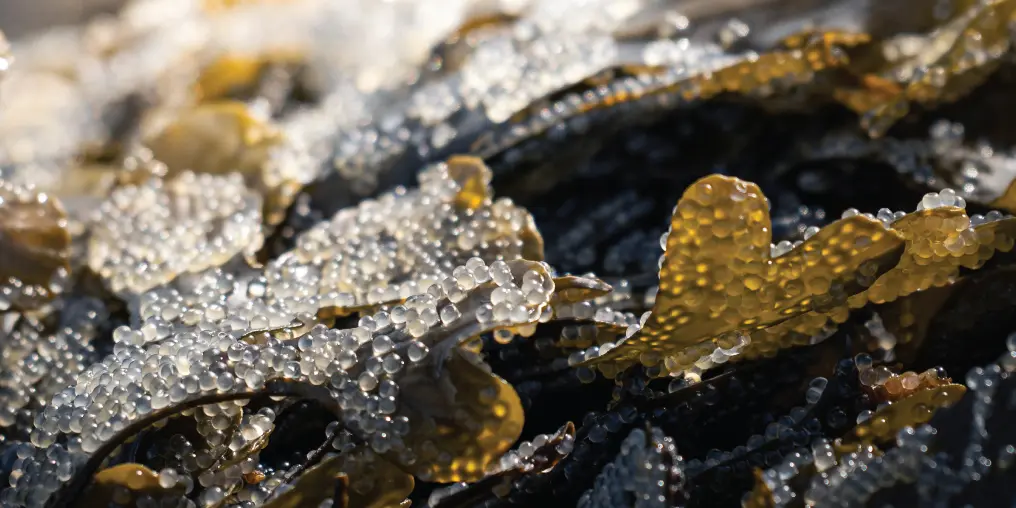
The gillnet quota in 1979 for the Comox area’s four-day opening was a few thousand tons, or about a million dollars’ worth of fish. The seiner Courtenay Maid provided accommodation for Bill Maximick, who joined Chief Norman Frank and his crew on their gillnet skiffs.
Bill’s crew set their 300-foot-long nets on the top end of Denman Island, and as “the herring spawn got plentiful,” they could fill their six-ton skiff by pulling in and shaking out two nets.
Some fishers gave up with eight hours left in the opening, exhausted and satisfied with their haul. Not Bill. With a mountain of herring aboard and a tarp and hose to keep them fresh, the crew waited for more packers to arrive—all the packers that were there at the start were now full. “That was one of the best birthday presents I ever had,” says Bill. “The price of herring topped at $3,000 a ton. I slept for 18 hours when I returned home.”
While licenses limited fishers to specific areas, the buyers sweated to follow the openings northwards, up to Haida Gwaii. “We didn’t get much sleep,” remembers Marvin Boyd. He ran a small packer. On board sat neat stacks of $100 and $1,000 bills, “fresh from the mint.” When the cash ran out, he’d meet a plane at the docks. One time, he recalls accepting a box crammed with half a million dollars.
Leslie McIntosh confirms. She fished the central and northern coasts. “There were planes flying in and guys walking around with a million dollars in a suitcase. And back then a million dollars was a whole lot of money.”
Unbeknownst to everyone, disaster would hit the market. Across the Pacific, Japanese consumer demand for kazunoko fell as prices spiked. The wholesale price for kazunoko decreased threefold. Hokusho Co. had overpaid; their bankruptcy became the largest in the Japanese fishing industry at the time.
In March ’79, the promise of riches drove the sleep-deprived gillnetters who struggled while “up to our eyeballs in slime.” Few lifted their gaze from the fish in the boat and beyond that season. Fewer could have predicted the future of Pacific herring in BC. As one fisher puts it, “We thought herring was infinite.”
Price speculation dealt the killing blow to the roe herring gold rush, and most of those who fished these waters in ’79 have long since retired. With that generation go memories of a sea boiling with herring, up and down the coast. However, the roe herring fishery has continued, though today, the spawning biomass of herring off Vancouver Island continues to drop, along with allowable catch limits.
But these silver phantoms possess an amazing ability: if left alone, their numbers can rebound.
Every spring, there is a smell in the waters off Comox that beckons sea lions from thousands of kilometres away. The stench washes ashore with a billion golden eggs, as cawing seabirds fill their bellies. It brings chinook salmon here, followed closely by orcas. That smell, which is but a hint for now, may be the smell of hope.

